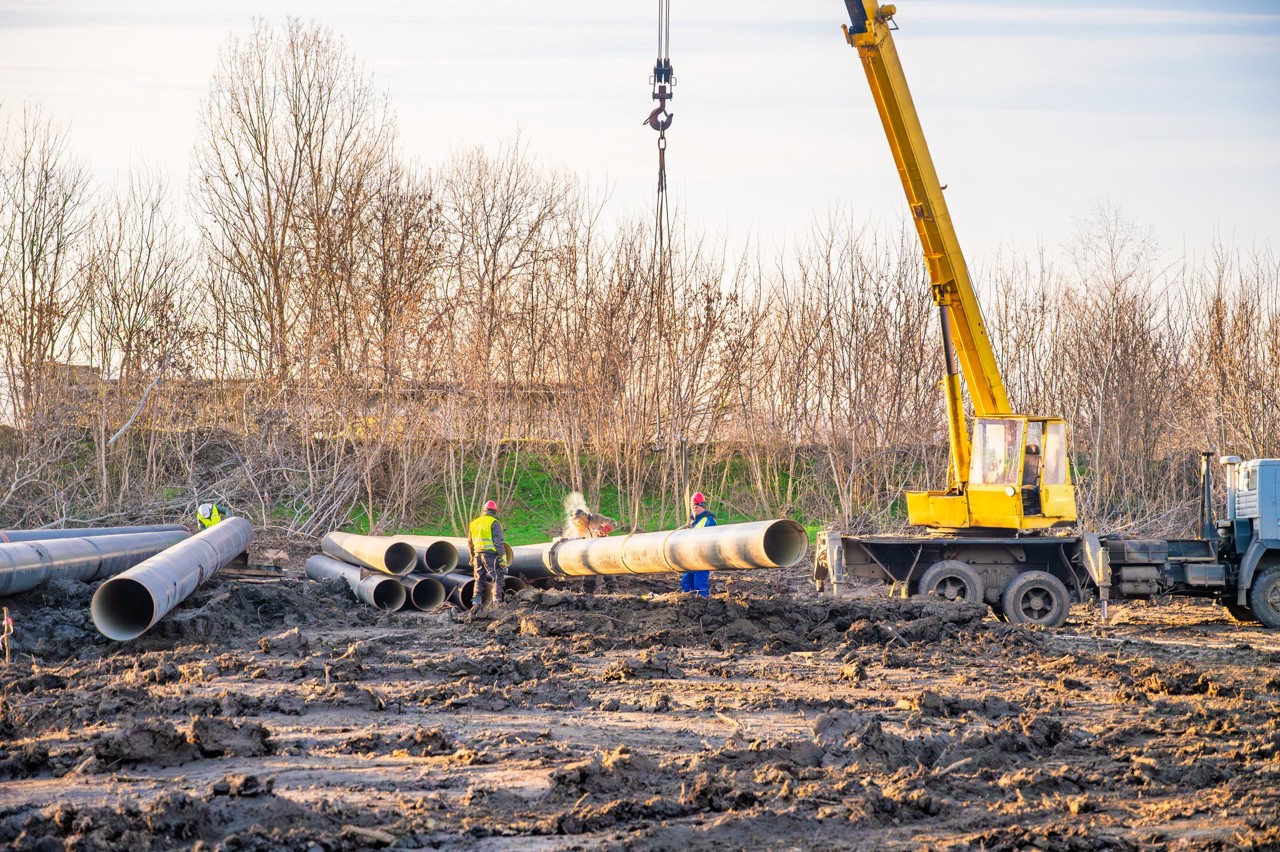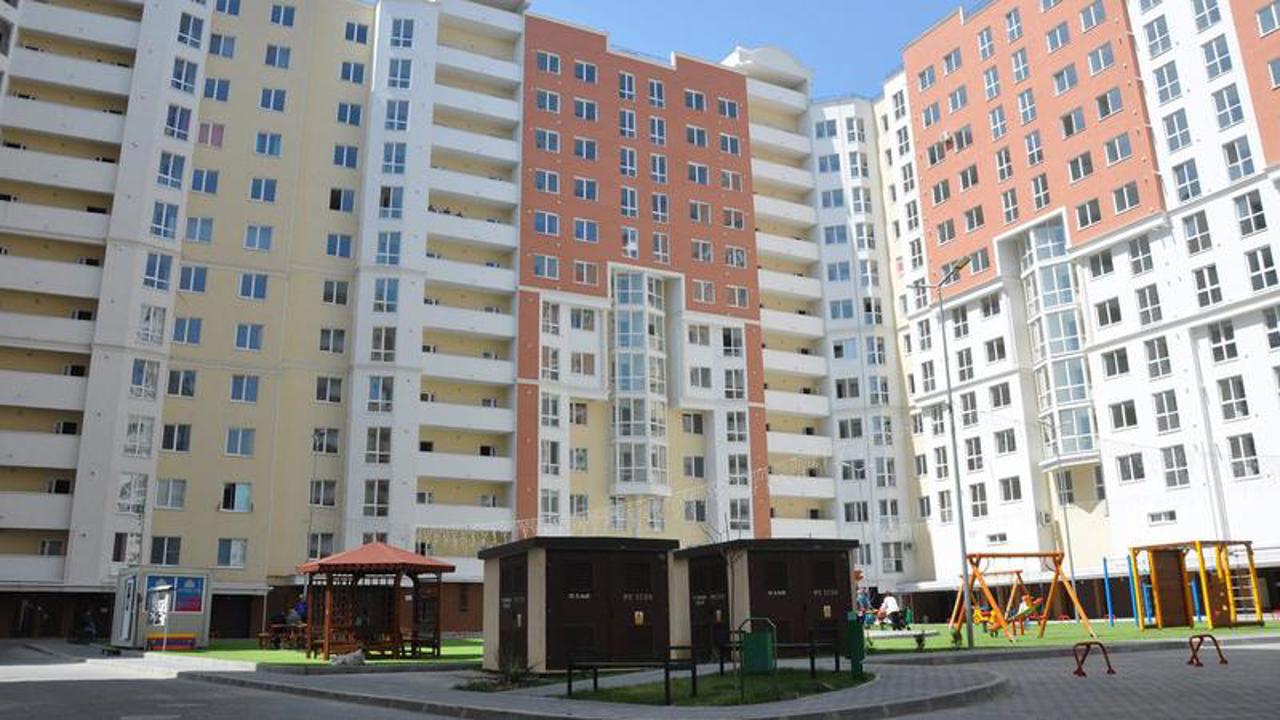Can Moldova's Outdated Shelters Protect Citizens?
A significant portion of the underground civil protection shelters in the Republic of Moldova require substantial investments, while others are in a deplorable state due to years of neglect.

This issue is currently being addressed by authorities seeking solutions to make as many underground shelters operational as possible, according to Interior Minister Adrian Efros.
In an interview with Radio Moldova, the Minister explained that some shelters were transferred to private entities during privatisation processes, and these shelters were not given any priority. An inventory of existing shelters conducted last year revealed a mix of conditions. While some shelters are well-equipped and operational, many others require significant investments to meet the special requirements to ensure that these shelters are self-sufficient for 10, 15, or 30 days.
At the end of last year, the cabinet of ministers approved a draft law focused on the modernization of civil protection shelters. This includes equipping them with necessary supplies and reserves of drinking water.
The National Inspectorate for Technical Supervision reports that 198 civil protection shelters are currently on record. However, inspections this year indicate that these shelters do not meet the requirements and are not prepared for emergencies. It is important to note that the country's civil protection shelters were built between 1960-1980, employing technologies that are now outdated. In emergency situations, these shelters have an estimated capacity to accommodate 62,000 people.
Translation by Iurie Tataru




